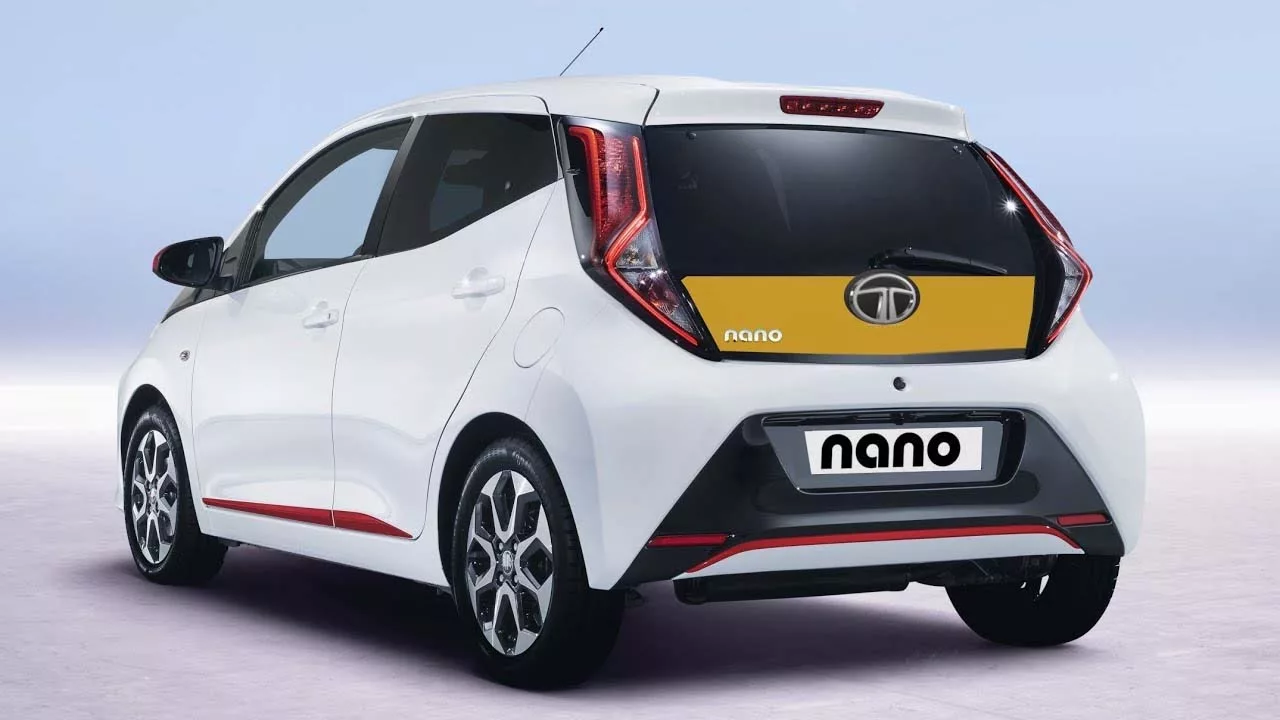The Tata Nano wasn’t just a car; it was a revolution. Launched in 2008 with the ambitious vision of being the “world’s cheapest car,” the Nano disrupted the Indian automotive landscape. While its production has since ceased, the Nano’s legacy lives on, a testament to Tata Motors’ innovative spirit and its commitment to making personal mobility accessible to all.
A Design for Efficiency
The Nano’s design prioritized affordability and practicality. Its small footprint, achieved through a clever packaging of components, maximized space utilization. The single wiper blade, a first for a four-wheeler in India, and the innovative use of aluminum for the engine block further emphasized cost-effectiveness. While not boasting a luxurious aesthetic, the Nano offered a functional cabin with surprisingly decent legroom for four adults. Available in a vibrant color palette, the Nano allowed owners to personalize their car and express themselves.
A Spark of Innovation
The Nano’s true marvel resided in its engineering. Tata Motors pushed boundaries to deliver a car at an unprecedented price point. The air-cooled, single-cylinder engine, though modest in power, delivered decent fuel efficiency, making it an economical choice for daily commutes. The innovative use of a single central beam chassis not only reduced weight but also offered surprising structural rigidity.
Mobility for Millions
The Nano’s arrival democratized car ownership in India. It empowered families who previously relied on public transport or two-wheelers to own a car, offering a sense of freedom and security. The Nano became a symbol of social mobility, enabling individuals to pursue better job opportunities and improve their quality of life.
Challenges and Evolution
Despite its initial success, the Nano faced challenges. Safety concerns, a perception of being a “cheap car,” and the rise of affordable used cars impacted its sales. Tata Motors continuously updated the Nano, introducing features like a power steering and an improved infotainment system in later iterations. However, the market evolved, and the Nano eventually ceased production in 2018.
A Legacy that Endures
Though discontinued, the Nano’s legacy remains. It sparked a conversation about affordable mobility solutions and paved the way for the development of more budget-friendly cars in India. The Nano’s story is one of innovation, ambition, and the power of disruptive thinking.
Beyond the Car
The Nano’s impact extended beyond the automotive industry. It served as a symbol of India’s growing technological prowess and its ability to innovate on a global stage. The Nano story continues to inspire aspiring engineers and entrepreneurs, demonstrating the power of Indian ingenuity.
A Chapter Closed, But Not Forgotten
While the Tata Nano’s journey on the road has come to an end, its impact on the Indian automotive landscape and the lives of millions of people remains undeniable. It stands as a testament to the power of innovation and the relentless pursuit of making mobility accessible for all. The Nano’s legacy serves as a reminder that sometimes, the most disruptive ideas are the simplest ones, and that even the most ambitious dreams can be achieved with a combination of ingenuity and determination.




